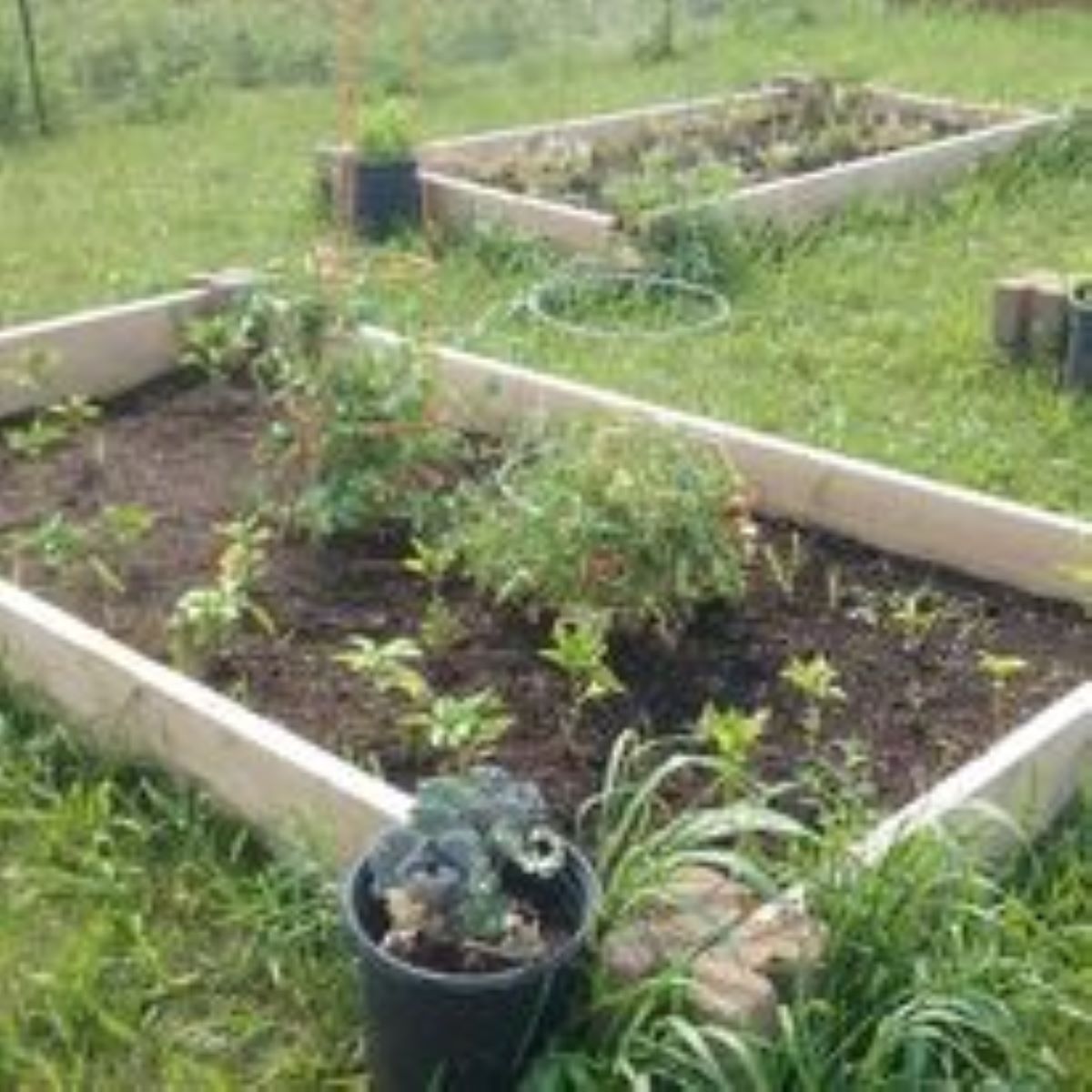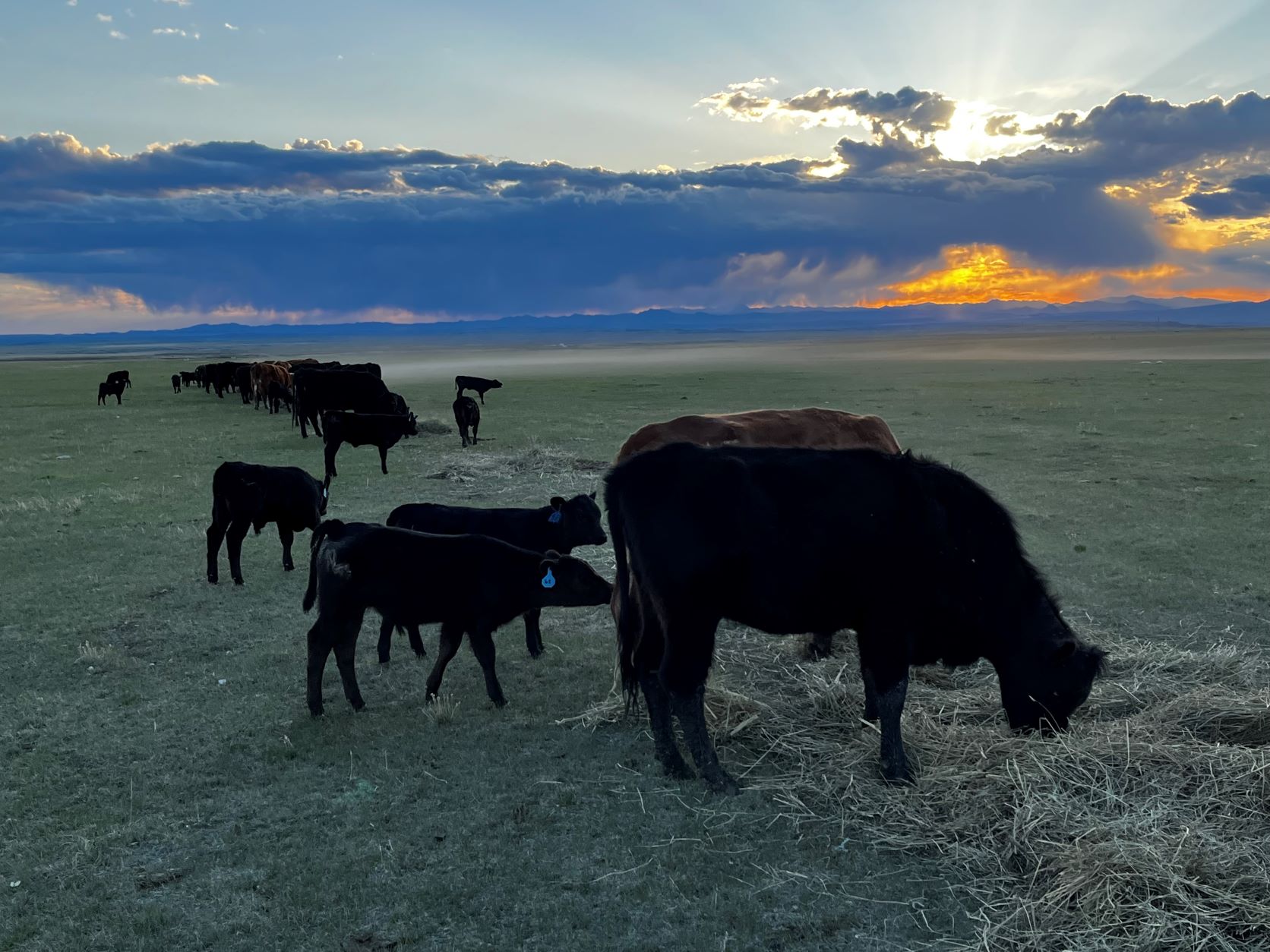
Fort Belknap Reservation
Welcome to the Fort Belknap Reservation Extension Program
Published: 2022By Hillary Maxwell
Each year, our priorities reflect the dynamic nature of the community’s needs. In 2022, efforts were directed at drought management strategies, the development of home-based food forests, and new directions in nutrition education. Additionally, faculty and staff provided leadership and resources to implement programs such as the 2022 Fort Belknap 4-H Fair, school-based nutrition education, and expanded collaborations with new partnerships.
Within the framework of MSU Extension’s directives, we are working to bring trusted resources to families, businesses, ranchers, and communities, as we have seen the power of education, diversity and community. Our outreach and program efforts have largely developed into a hybridized model of virtual, in-person and one-on-one approaches. We have been able to return to in-person activities such as gardening, rancher/farmer consultation, and 4-H programming.
Food Sustainability
Published: 2022By Hillary Maxwell
Growing Together Montana
Published: 2022By Hillary Maxwell
At Fort Belknap, SNAP-Ed Nutrition Educator Ramona King has partnered with Master Gardener Colette Werk for a second year of grant-funded growth in the Old Hays Community Garden. Partners and resources included Montana DNRC forester Josh Stoychoff, fruit trees; Montana Indigenous Food Sovereignty Initiative, seeds; Aaniiih Nakoda College USDA Extension, plants; and community members who donated irrigation water and mulch. A total of 204 volunteer hours were recorded, and 103 pounds of produce was donated to the local senior center for elders’ lunches.
Tribal Producer Outreach
Published: 2022By Liz Werk
Along with the Drought Mitigation Management Plan, Fort Belknap MSU Extension has assisted local producers, landowners, and tribal natural resource programs in starting a Fort Belknap Conservation District. Board members have been elected and 3-year goals have been created.
Local producers also participated in the week-long USDA Producer Education Conference, “Farming and Ranching: What does the future hold” in Billings in June. USDA and FSA assistance programs, small business assistance, grazing management, cattle market projections, drought assistance and preparedness, and local meat processing were some of the topics covered. This conference is part of a two-year USDA program grant, with a partnership with Fort Peck Community College and four Montana Indian Reservations.
One-on-one consultations and virtual workshops occurred throughout the year, consisting of drought responses and resources, and application training and support for agriculture loans and assistance. Fort Belknap MSU Extension assisted youth producers and new producers with the Montana Department of Agriculture Rural Assistance Loans and Junior Agricultural Loans. Producers who continued to seek additional information related to their current needs were provided with unbiased information that aided in a solution.
Newah's Garden
Published: 2022By Kody Farmer, excerpt from an article in the Blaine County Journal
Newah's Garden is under the care of dedicated volunteers.
"Liz and Hillary, the MSU Extension agents, asked us three grandmothers if we would adopt it," said Joanie Racine. Racine, Tammy Werk and Lorraine Brockie are the grandmothers. "We got started late last summer so we were kind of at the end of the planting season. We basically watered what plants had survived the summer. Going into this year we were way more organized and had a plan."
Culture and heritage were an integral part of the grandmother's plan. "We as native people have always been in touch with nature and mother earth. One thing we depended on for our survival and livelihood was the plants. Our ancestors didn't just go pick any plant, they knew what to pick, where to find it," said Racine. "We were all in total agreement, all three of us grandmas, because we know some things about the plants, especially the native plants, we have had knowledge passed down to us by our ancestors for thousands of years. We know when to harvest and when to plant all of it and how to preserve it after it's picked."
Racine is very passionate about the garden and explains the reason for its design, "The garden is in the shape of a medicine wheel, circular, it has four colors, four directions and also is represented by four animals. We are working on including something to represent the animals, we know what needs to be put there, we are just not there yet. For example, the color for north is white and the animal is buffalo. We may choose to use a painting or something different, we just haven't decided." Racine added, "Basically the medicine wheel represents the cycle of life, everything flows in a circle. My husband Don Racine Jr. made the arbor that encompasses the garden."
When they began in the spring, the grandmothers knew exactly what was going in the ground, "The plants we have in the garden now have been transplanted from the local area, they are used for medicines, foods and ceremonies and we also included herbs that aren't native," said Racine.
Their mission is clear and simple, "Our goal is that it's 'Newah's Garden' and when it was being built, we included our grandchildren, they were a big part of the construction and maintenance of the garden. Our grandchildren were always included, in watering planting, and weeding. The garden is within the Hays Community Garden and so there has always been a place where people come together, we want our garden to be a gathering place a spot where people can visit, and we can educate the people about the plants, their history and their importance to our culture."
Homegrown 4-H
Published: 2022By Liz Werk
The top priority of 4-H programs at Fort Belknap is the health and safety of our youth, families, volunteers, faculty, staff and supporters throughout our communities. Through this year and in the future, we encourage our future 4-H leaders to learn resiliency and to continue to develop community support.


.png)



.png)
